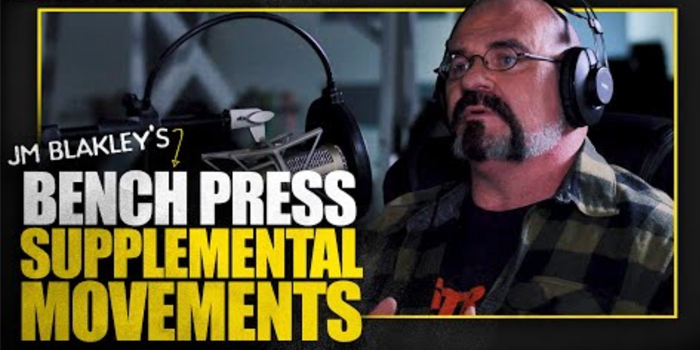
 Dave: “After you benched how did you select your supplemental exercises, and how did you train them?”
Dave: “After you benched how did you select your supplemental exercises, and how did you train them?”
“You’ve got to practice the way you play!”
JM is referring to one of the first principles he was taught in school: the SAID principle aka Specific Adaptions to Imposed Demands. When aiming to bench 700 pounds he didn’t want to waste an ounce of energy on exercises that wouldn’t benefit his ability to bench heavy ass weight! He determined his weak point in competition and found ways to replicate them in the gym. He cycled through three main supplemental exercises due to their resemblance to his weak point, the lockout of his bench. He performed either floor press with chains, high pin presses, or reverse banded bench. Just as he trained his competition style bench press, he did three to six reps of the supplemental work as well. Detecting a theme here? Heavy lock out work to improve the ability to lock out heavy weight!
“You’re going to get really good at what you do what you practice so you should try to make your practice the way you play.”
Breaking slightly from the rest of his principles, he performed the namesake JM Press after his supplemental exercises to focus on strengthening his tricep tendons in that extended range of motion. Given his highly focused style of training, he chose not to perform any bodybuilding type work as he thought that would be more time he would have to spend recovering to perform his important strength work. He even began to cut out his leg exercises in-season as that was making it harder to recover from his bench workouts. That might not be an option for you, but success leaves clues. Stay focused on what is specific to making you better!
Text by Mason Nowak












